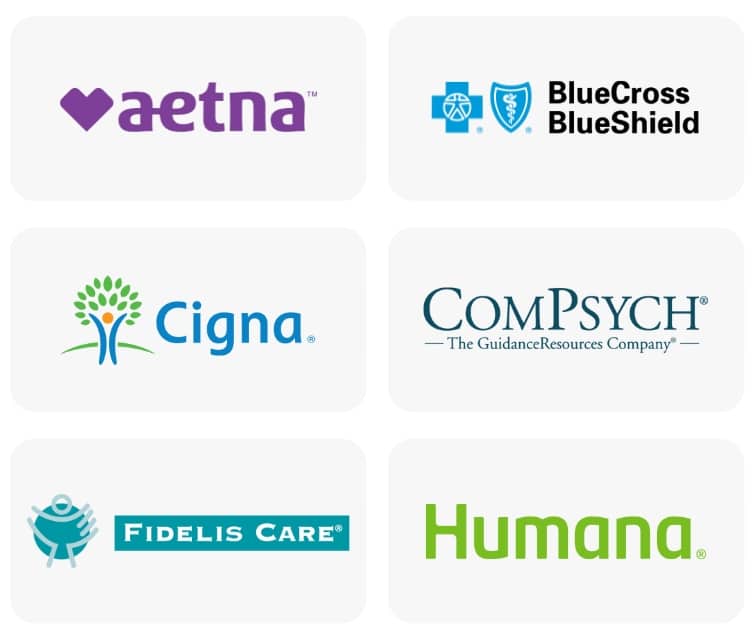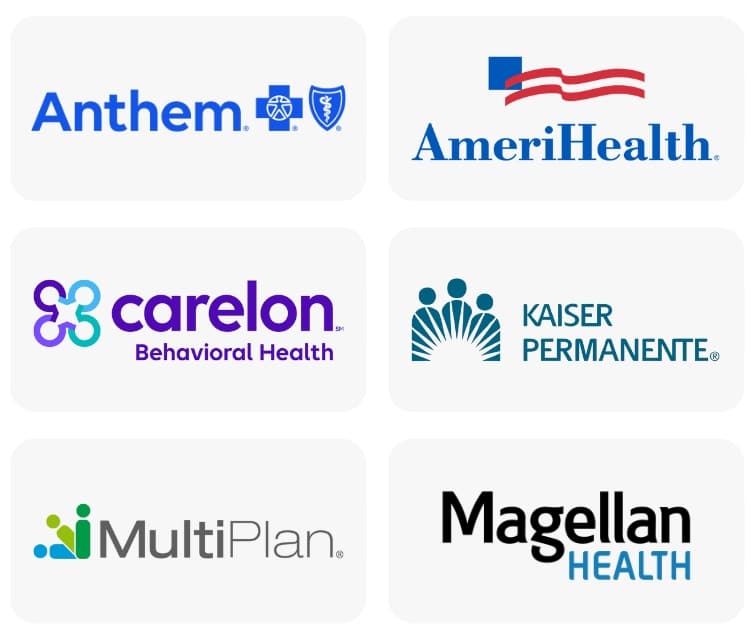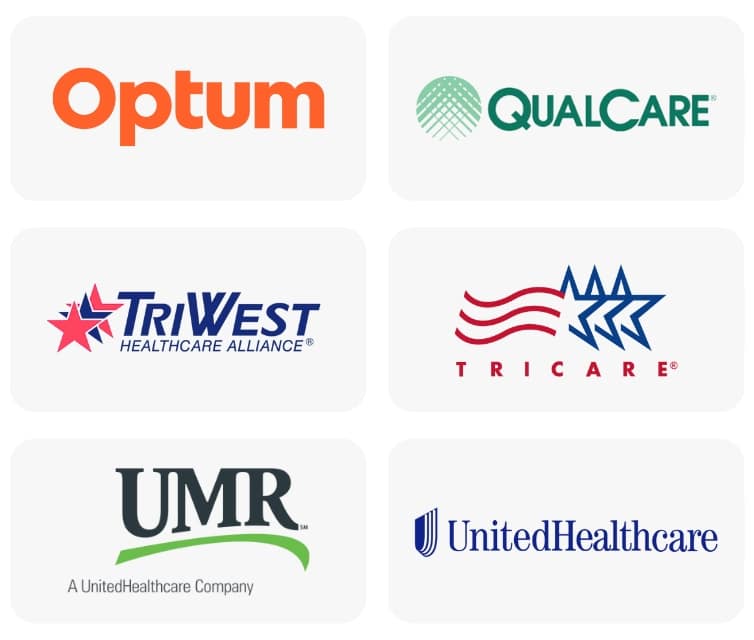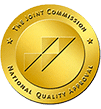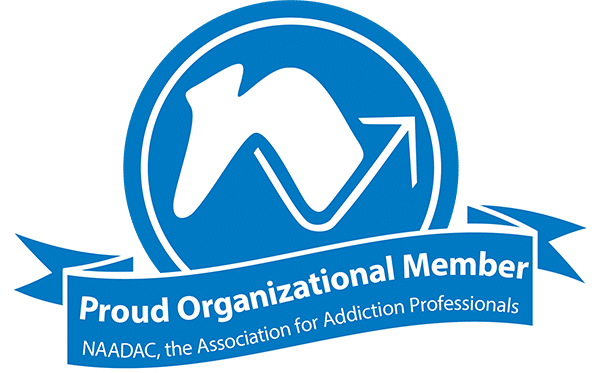Every year, thousands of people lose their lives to drug overdoses, many of which could be prevented with fast action and proper education. While the symptoms vary depending on the drug, knowing what to look for and how to respond can help you protect yourself or someone you care about. This guide covers the key signs of an overdose, what to do in an emergency, and how naloxone plays a critical role in reversing opioid overdoses.
What Is an Overdose?
An overdose, simply put, is when someone takes too much of a substance for their body to process and passes out. This excess can overwhelm the body’s normal functions, especially the brain, heart, and respiratory system, leading to serious and sometimes fatal consequences.
Overdoses can be accidental or intentional, and they vary in severity depending on factors like the type of drug, the amount taken, the person’s tolerance level, and whether other substances were used at the same time (known as polysubstance use). Some overdoses cause only mild symptoms, while others can result in coma or death within minutes.
In the case of opioid overdoses, for example, breathing can slow or stop entirely, making rapid intervention critical. Other substances—like stimulants, sedatives, or alcohol—present different dangers, but all overdoses require immediate medical attention.
Recognizing the signs of an overdose early and responding quickly with medical help or medications like naloxone (for opioids) can mean the difference between life and death.
Common Signs of a Drug Overdose
Recognizing the signs of a drug overdose can save a life. While symptoms vary depending on the substance, many overdoses share common warning signs, including:
- Unresponsiveness or unconsciousness – The person doesn’t wake up or respond to stimulation.
- Breathing problems – Slow, shallow, or stopped breathing is a hallmark of opioid overdoses, but other drugs can also impact respiration.
- Extreme drowsiness or confusion – The person may be awake but incoherent or disoriented.
- Vomiting or gurgling sounds – Especially if the person can’t be roused, this can be a sign of choking or aspiration.
- Changes in skin color – Pale, clammy, or blue-tinted lips and fingertips may indicate a lack of oxygen.
- Seizures or convulsions – More common in stimulant overdoses or when substances are mixed.
- Irregular heartbeat or chest pain – This can signal cardiovascular distress.
- Paranoia, agitation, or hallucinations – Especially with stimulants or hallucinogens.
If you suspect someone is overdosing, call 911 immediately. Most states have Good Samaritan laws that protect individuals seeking help in an overdose situation.
Substance-Specific Overdose Signs
Signs of an overdose will differ somewhat based on the substance involved.
Here’s an overview of what to look for, depending on the substance:
Opioids (Heroin, Fentanyl, Oxycodone, etc.):
- Slow or stopped breathing
- Pinpoint pupils
- Unconsciousness or inability to wake
- Limp body, cold or bluish skin
- Gurgling or choking sounds
Methamphetamine (Meth):
- Intense agitation or paranoia
- Chest pain or rapid heartbeat
- High body temperature or sweating
- Seizures or stroke-like symptoms
- Violent or erratic behavior, followed by collapse
Psychedelics (LSD, Mushrooms, DMT):
- Extreme confusion or panic
- Hallucinations that trigger risky behavior
- Paranoia or psychosis
- Rapid heart rate and high blood pressure
- Serotonin syndrome
Marijuana (THC):
- Extreme anxiety or paranoia
- Hallucinations
- Rapid heart rate
- Vomiting (especially with repeated high-dose use – a condition known as cannabinoid hyperemesis syndrome)
Cocaine:
- Chest pain or heart attack
- Seizures
- Extreme agitation or aggression
- Paranoia or hallucinations
- Stroke-like symptoms
Benzodiazepines (Xanax, Valium):
- Extreme drowsiness or unresponsiveness
- Slurred speech
- Poor coordination
- Shallow breathing (especially dangerous when mixed with opioids or alcohol)
Alcohol:
- Vomiting while unconscious
- Slow or irregular breathing (fewer than 8 breaths per minute or gaps of over 10 seconds)
- Hypothermia (cold, clammy, pale, or bluish skin)
- Seizures
- Loss of consciousness or inability to wake
- Danger increases significantly when combined with other depressants like opioids or benzos
Recognizing the signs of a drug overdose can be the first step in saving a life—but long-term recovery requires more than just emergency intervention. If you or someone you care about is struggling with substance use, don’t wait until it’s too late. Treatment is available, and recovery is possible.
"*" indicates required fields
Fill out the form below and one of our admissions team members will reach out to you:
"*" indicates required fields
What to Do If You Suspect an Overdose
If you think someone is overdosing, don’t wait—overdoses can turn fatal quickly. Acting fast can save a life. Follow these steps:
- Call 911 Immediately – Give the dispatcher as much information as possible: what the person took (if known), how much, and their current condition. Stay on the line until help arrives.
- Try to Wake the Person – Speak loudly, shake them gently, and try to rouse them. If unresponsive, they may be in danger.
- Check Breathing and Heartbeat – If the person is not breathing or has no pulse, begin CPR if you’re trained. If they are breathing but unconscious, place them in the recovery position (on their side) to prevent choking.
- Administer Naloxone if Available – If you suspect an opioid overdose and have naloxone (Narcan), use it as directed. It can reverse the overdose temporarily but is not a substitute for emergency medical care.
- Do Not Leave Them Alone – Stay with the person until emergency services arrive. Monitor their breathing and be prepared to give more naloxone if symptoms return.
- Avoid Harmful Myths – Don’t try to “wake them up” by slapping, putting them in a cold shower, or giving them coffee—none of these are effective and could make things worse.
New Jersey’s Good Samaritan Law protects you from legal trouble if you call for help during an overdose—so don’t hesitate to act.
The Role of Naloxone in Opioid Overdose Reversal
Naloxone works by binding to the brain’s mu-opioid receptors, which it can do even more strongly than opioid drugs like heroin, fentanyl, oxycodone, or others. Thus, when administered, it displaces these opioids from the receptors and blocks their effects.
However, naloxone has a shorter half-life than many opioids. This means its effects may wear off in 30–90 minutes, and the person could slip back into overdose if the opioids are still active in their system. That’s why it’s important to keep monitoring the person for further signs of overdose and be ready to administer emergency care even after naloxone is given.
When to Seek Long-Term Help
While naloxone can save a life during an overdose, it’s not a long-term solution to opioid addiction. If you or someone you love has experienced an overdose—or is at risk of one—it’s time to seek help at an alcohol and drug rehab center in Hamilton, NJ.
At Footprints to Recovery, we understand the signs and symptoms of an overdose and the devastating impact opioid addiction can have, not just on individuals, but on families and communities. That’s why our health care facility takes overdose protection seriously. Our compassionate, evidence-based treatment programs provide the tools people need to overcome addiction and take back control of their lives. Whether you’re seeking help after a recent overdose or you’re ready to break free from opioid use for good, we’re here to walk alongside you, every step of the way.


